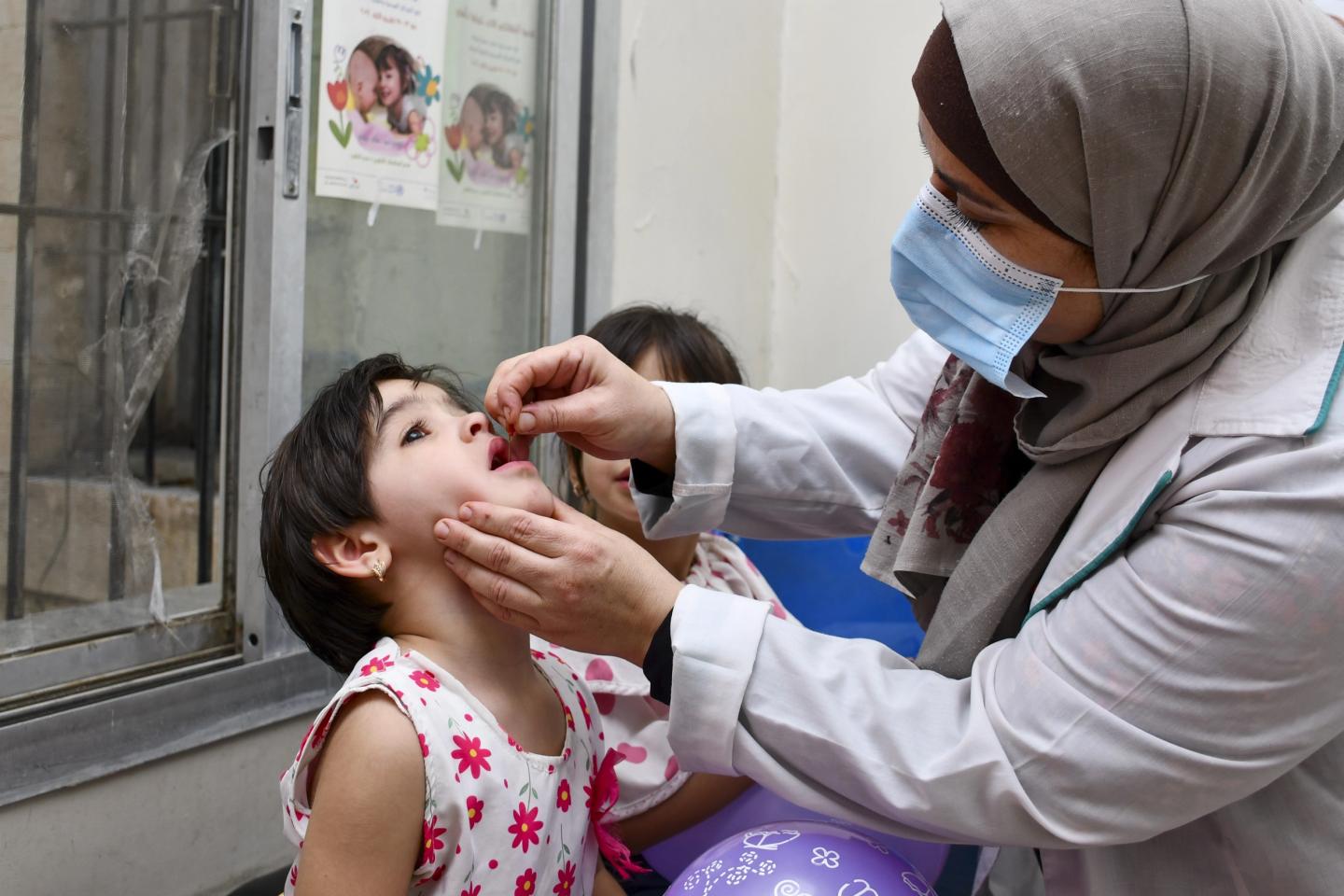
DiYES International School – Syria’s 2025 Child Immunization Drive marks one of the most ambitious public health campaigns in the country’s recent history. Despite ongoing conflict and instability, local health authorities have mobilized an extensive immunization campaign targeting millions of children under the age of five. The campaign is supported by international organizations and built on a strong foundation of community engagement and operational coordination. Health workers have reached villages, camps, and remote areas that previously lacked access to vaccines. This initiative comes at a critical moment when global health systems face both opportunity and risk.
The national campaign aims to vaccinate over 3.4 million children across Syria. It includes 156 thousand children who have never received any vaccines in their lifetime. These children live in areas affected by displacement, armed conflict, and limited healthcare infrastructure. UNICEF and the World Health Organization have collaborated with Syria’s Ministry of Health to ensure the logistics and supply chains remain stable throughout the campaign. Vaccines have been delivered to local health centers with the support of humanitarian convoys and airlifts. Health officials have prioritized high-risk zones using geospatial data and community intelligence.
“Read about: Toxic Childhood: Sweden’s PFAS Crisis Threatens Newborn Health”
Over 7600 health workers carry out the immunization effort with expertise in vaccine delivery and child health protocols. The teams operate 1200 fixed and mobile health posts to support the campaign. Trainers hold sessions to improve safety, ensure accurate data recording, and strengthen public communication skills. Each team builds trust and guides families through the immunization process by working closely with local community leaders. Many of these professionals also run maternal health programs and conduct nutritional assessments. They serve as both caregivers and educators throughout this wide-reaching campaign.
Health teams apply diverse methods to reach remote and underserved communities. For example, mobile clinics travel to informal settlements and conflict-affected zones. In addition, community health volunteers organize vaccination days in schools and mosques. Moreover, outreach programs include storytelling sessions and group discussions to counter misinformation. To spread information more effectively, teams use loudspeakers and place posters in public spaces that announce the dates and locations for vaccine access. In some cases, they even test drones to deliver supplies to isolated regions. Overall, the campaign follows a people-centered model that responds flexibly to local needs and respects cultural practices.
The immunization drive covers a wide range of vaccines including polio, measles, diphtheria, and tetanus. Many of these diseases can spread rapidly in crowded or under-resourced areas. Children are especially vulnerable due to poor nutrition, limited hygiene, and disrupted health services. Outbreaks have been recorded in neighboring countries in recent months. Syrian officials hope to prevent similar crises through proactive vaccination. Health experts emphasize that timely immunization plays a key role in reducing mortality and disability among young populations.
International donors and agencies have contributed to the funding, planning, and delivery of the immunization campaign. UNICEF provides vaccines and cold chain equipment. WHO supports coordination, technical guidance, and field supervision. Other humanitarian groups assist in community mobilization, media outreach, and monitoring. These partnerships reflect a shared commitment to children’s health and rights. Cross-border coordination also plays an important role in managing health risks in refugee communities. The campaign strengthens Syria’s integration into global child health initiatives.
Digital platforms are used to track vaccine coverage and identify gaps in real time. Health workers enter data into mobile applications that sync with national health databases. Dashboards show progress by region, age group, and vaccine type. Supervisors use this information to adjust deployment strategies and respond quickly to emerging needs. Transparency and accountability have been improved through digital reporting and independent audits. Community members can report issues through hotline numbers and mobile messengers.
“Read more: Design Your Garage Around Your Lifestyle: From Gearheads to Adventurers”
This campaign represents a hopeful shift in Syria’s long-term recovery efforts. Immunizing young children lays the foundation for a more resilient and healthier society. Every vaccinated child becomes more protected against future disease outbreaks. Families feel empowered when they participate in health programs that value their children’s well-being. Though many challenges remain, Syria’s 2025 Child Immunization Drive shows what is possible when local action and global support align for a common cause.